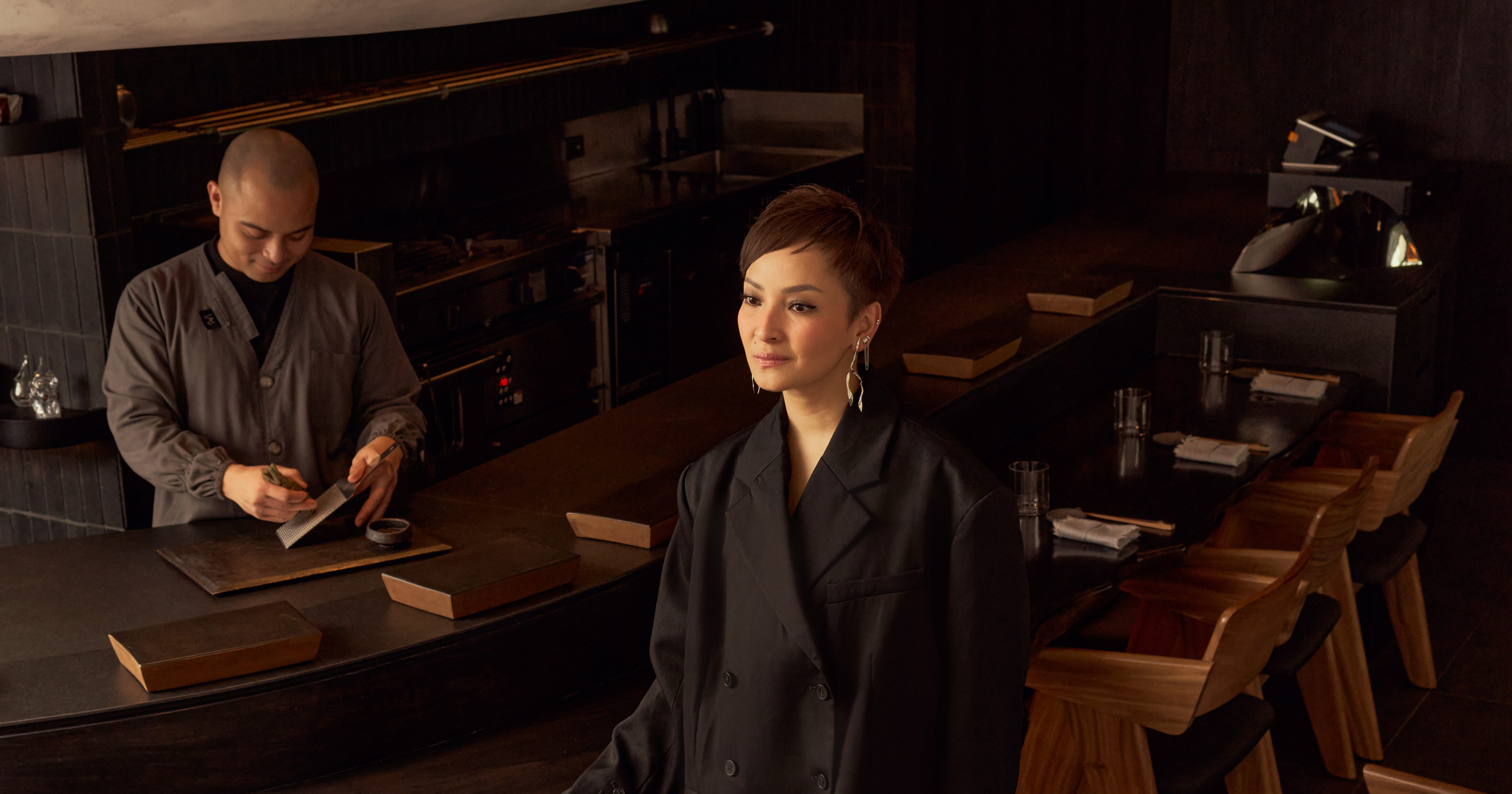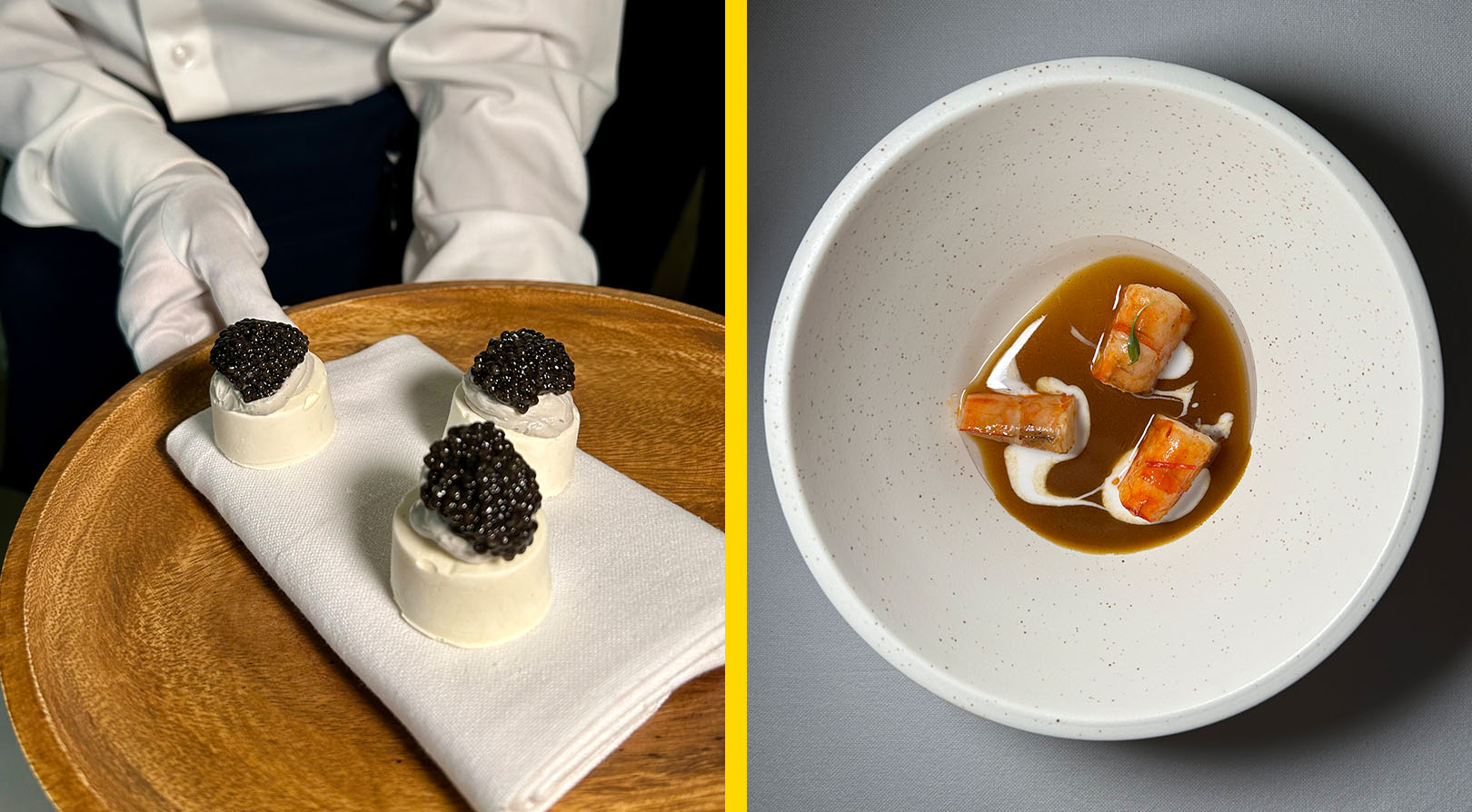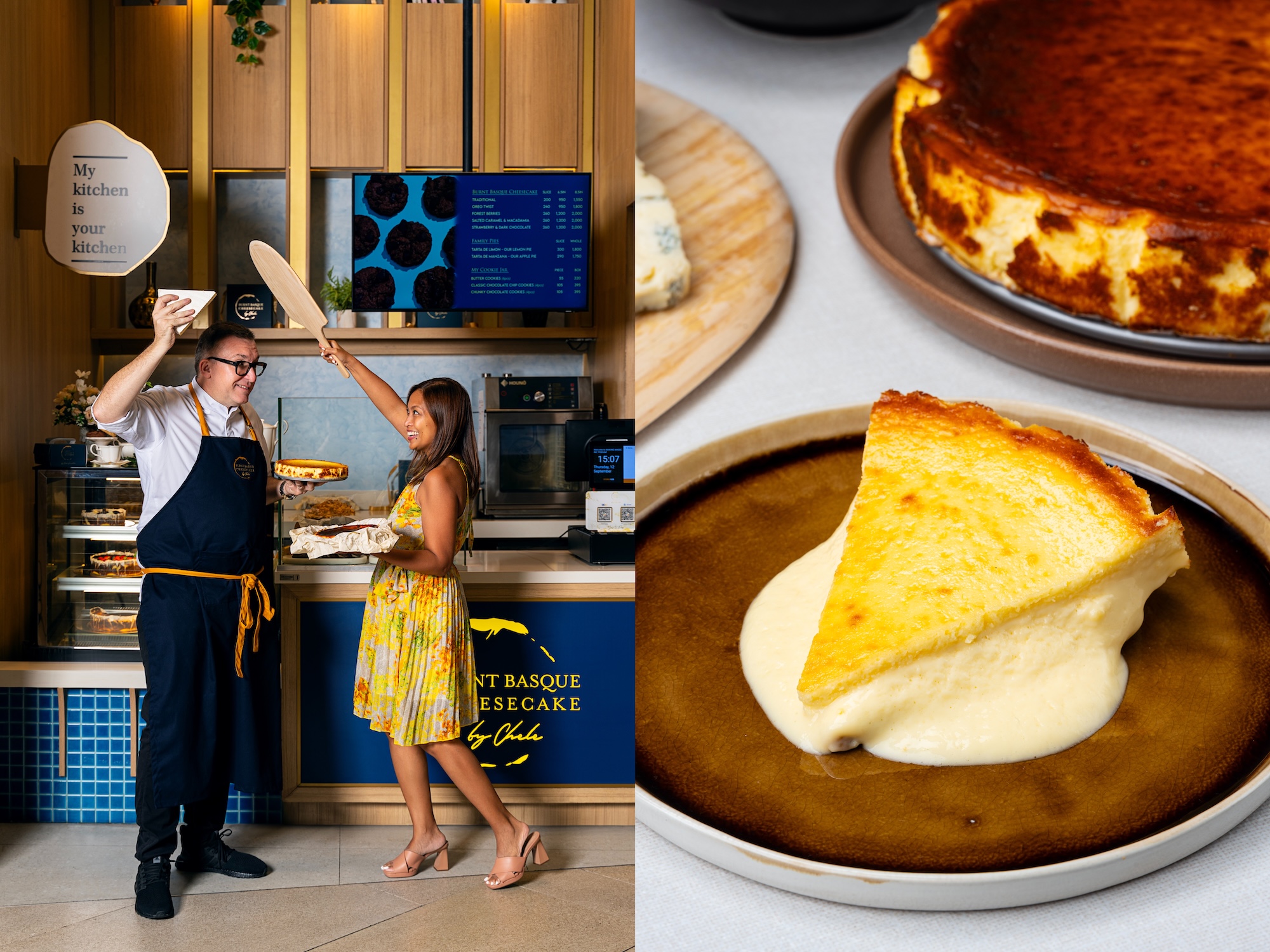In the restaurant world, change is almost always welcome.
Whether it be a much-needed menu update or a total brand revamp, there’s something to be said about efforts to reinvent or adapt to the industry’s changing climate. It’s a particularly volatile industry after all, and the diligent restaurateur will often be rewarded. But what exactly constitutes a smart brand revamp? How exactly would a diligent restaurateur update their menu?
Change motivated and informed not only by trends but also by the behavior of underserved markets may be the key. These days, few people would look at, say, the rice noodle market for new ideas. Its appeal in the Asian market isn’t rocket science and it isn’t likely to go through a dramatic drop in demand in the coming years.
On the contrary, it’s expected to grow. According to the Global Rice Noodle Market Study 2015-2025, growing demand for rice products and increasing global population are expected to drive the rice noodle market. This growth is predicted to happen on several fronts. Europe’s changing eating habits are expected to make the region the fastest growing segment but what’s happening in Asia is the most important.
In the past five years, the region has accounted for more than half of the global rice noodles market revenue. In 2014, Asia’s revenue contribution has gone as high as 69.3 percent.
In the past five years, Asia has accounted for more than half of the global rice noodles market revenue. In 2014, Asia’s revenue contribution has gone as high as 69.3 percent.
What all this data points to is that rice-based food products will always remain popular among consumers in Asia. Filipino restaurateurs can trust that noodles will always sell. None of this is particularly surprising as rice and noodles are two of the region’s staples, but it might be useful to think of these patterns in conjunction with trends in consumer preference.
In the past five years or so, one of the most definitive dining habits has been an increasing demand for healthy food. Now the question for the restaurateur looking to innovate is this: How do you capitalize on the growing—and otherwise steady—rice noodle market given this trend?
Serving healthy rice noodle dishes is the obvious answer, but it’s not like there’s a lack of this kind of food in restaurants. So then there’s the added challenge of needing to stand out. Here are some tips on how you can do that and successfully capitalize on the growing rice noodle market and trends in dining behavior:
First, pay attention to what your target market is doing
Identifying a key target audience always helps. A lot of entrepreneurs are already doing this, but some probably fail to move on to the next step which is to take note of their target market’s activities. Do they dine out a lot? Are they the type to visit the gym? Do they shop at supermarkets and cook their own food? The answers to these are valuable information in helping identify entry points for selling rice noodle dishes.
For instance, learning that a good part of your target market is made up of gym-goers will help you realize which features of rice noodles you need to highlight—in this case it’s that these noodles have a lower carbohydrate and calorie content compared to egg or wheat noodles.
Capitalize on the consumer trend for personalization
Customers want to have a hand in the food they’re eating, and if that means letting them build their own rice noodle dishes with fresh add-ons, mix-ins, and toppings, then you might want to invest in that kind of setup. Like with most noodle dishes, a rice noodle dish is one of these items that naturally lends itself to customization.
According to the Global Rice Noodle Market Study 2015-2025, growing demand for rice products and increasing global population are expected to drive the rice noodle market.
Also, this trend works hand in hand with the demand for healthy eating: Customization allows for the reduction of, say, a menu item’s fat or sodium content. This leaves more space to spotlight the potential of noodle dishes as a healthy alternative. Long Kow Vermicelli, Sapporo’s flagship noodle product, and Sapporo Bihon rice noodles are rich in carbohydrates, have almost negligible fat content, and have no additives.
Develop a signature rice noodle recipe
Be distinct. This may be true for the restaurant industry where concepts can survive by riding on the success of a signature dish alone. We’ve established that rice noodle dishes can be sold on the promise of being a healthy alternative, and so if you were to create a signature rice noodle recipe, it seems that the logical thing to do is to zero in on its potential as a healthy dish.
In other words, the best signature rice noodle recipe is one that can be considered as the healthy alternative. But we would also be remiss not to point out how rice noodles can taste—that is, the variety of flavors it can take on is almost endless. You can make a signature hotpot, a curry soup, or a Vietnamese noodle bowl, among many others. This versatility can allow you to really experiment and eventually settle on a recipe that best represents the kind of food you want to sell.













































